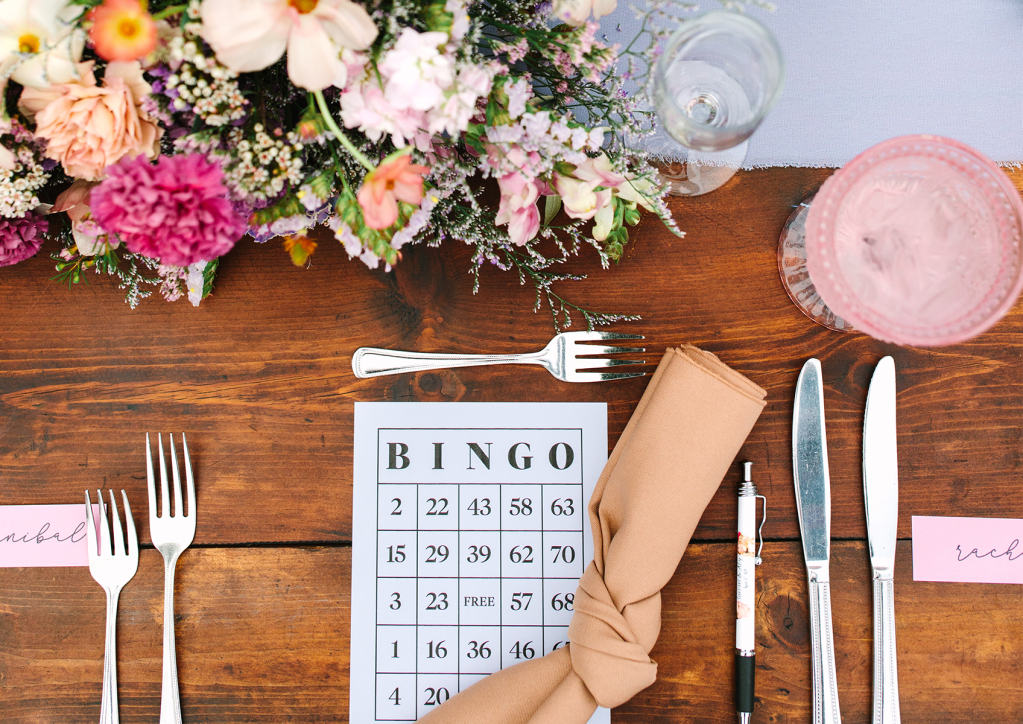Inclusive Language to Use in Your Client Communication

One of the most amazing things about the wedding industry is the fact that it is built on celebrating love. And not just a specific type of love—we celebrate love in all the forms it takes. From working with couples who are getting married for the first time or blending families to welcoming new pros who are ready to share their talent and point of view, the wedding industry really is a space that allows people to be themselves—and we’re proud to be a part of that. But, even though the wedding industry has historically been an inclusive place, there is always room to do better. So today, we wanted to build on the conversations we’ve had in the past about client communication, diversity, inclusion, and experience to focus on the language you may (or may not) be using—because words matter. Read on with an open mind to learn more about the inclusive language you should be using in your client communication, the words and phrases you shouldn’t, and tips to help you be a more inclusive wedding pro and brand.
Familiarize yourself with terms used in and around inclusive language
When it comes to the first steps you need to take in order to learn how to be more inclusive, becoming familiar with the vocabulary is a foundational step. Because, when we are talking about how you communicate with others in the captions you write, the copy on your website or what people read in your emails, the best way to truly be inclusive is to really understand the context. And, while this list is far from exhaustive (really, all the lists we are sharing today are far from being complete), these are some of the common words and phrases you’ll hear being used when it comes to inclusive language:
- LGBTQIA stands for Lesbian, Gay, Bisexual, Transgender, Queer, Intersex, Asexual
- BIPOC stands for Black, Indigenous, people of color
- POC stands for people or person of color
- AAPI stands for Asian American and Pacific Islanders
- Latinx is the gender-neutral alternative to Latino/a
- Cisgender means that someone sees their gender identity and sex as the same
- An ally is someone who supports people in groups other than their own
- Tokenism refers to a small number of people from an underrepresented group being used to make something appear more diverse or inclusive than it is
- Microaggressions are small insults that may not be overt but they still degrade others
- Privilege refers to advantages certain people have only because of the social group they belong to
Words and phrases to avoid using
Part of the journey to becoming more inclusive in your client communication and interactions with people in general is learning the words and phrases that are considered biased or non-inclusive. Here are just some examples that you might use or hear being used and should stop.
- Avoid heterosexual bias by using “couples” or “partners” instead of “bride and groom”
- Use “wedding party” instead of “bridal party” for the same reason
- Avoid using the word “guys” or “ladies” to address a group of people and instead use “folks” or “people”
- Avoid using mental health disorders (like “OCD” or “ADD”) in jest
- Use “Native American” and not “Indian”
Tips to help you use more inclusive language
As you start to become more familiar with what inclusive language is or are perhaps looking for confirmation that you are, in fact, being inclusive, these are some of the good habits you should build in order to feel confident that you’re not just using the right words but are making others feel comfortable around you.
- Ask people what pronouns they use (she/her/hers, he/him/his, they/them/theirs)
- Always be person-centered. For example, you should say “a person with disabilities” or “a child with autism” as opposed to saying “a disabled person” or “autistic child”
- Capitalize the “B” in Black when referencing a person
- Know that Black and African American are not interchangeable words
Do an audit
Now that you’ve spent a few moments educating yourself about how to be more inclusive, it’s time to really sit down and see where you can do better (which we all can). And the best place to start is with an audit of your brand and communication materials. We encourage you to pull up your Storefronts, your website, marketing materials, contracts and email templates and review them. Look for places you can use more inclusive language or even work in copy related to your company’s core values. Just remember that everything about your brand and business is a living, breathing thing and that it is okay to evolve—that is the point and doing so will help you really show all of your couples how much you care.
Your values around diversity and inclusion aren’t just limited to your client communication, they are a part of your marketing efforts as well. Learn more about why diversity in your marketing is important from just a few of our WeddingPro Educators.
Photo Credit: Mary Costa Photography
Let's grow your business together!
Start advertising on The Knot and WeddingWire, the top two wedding planning platforms.


